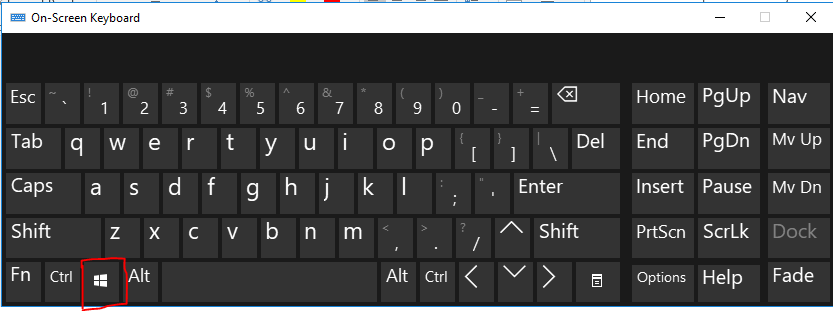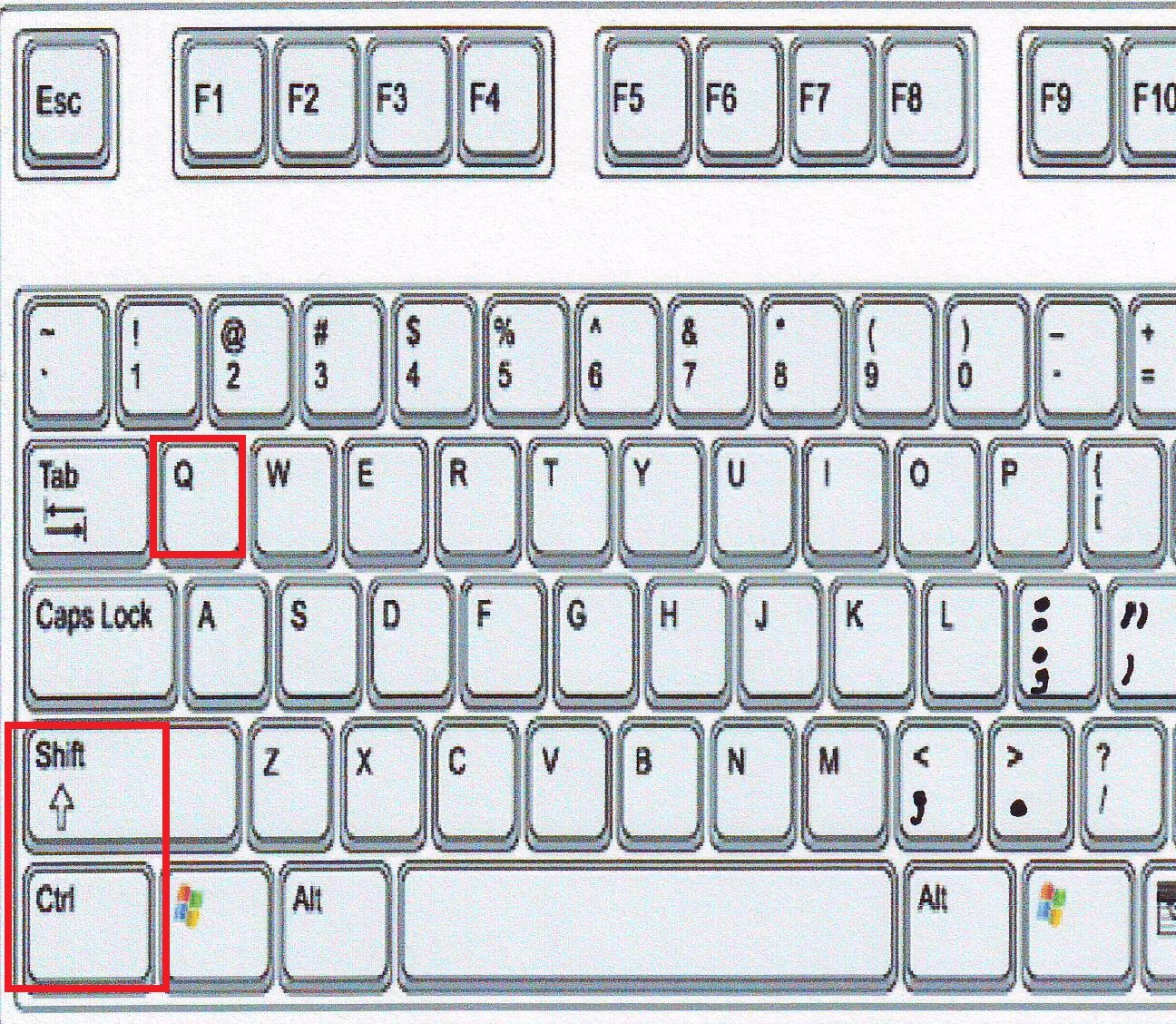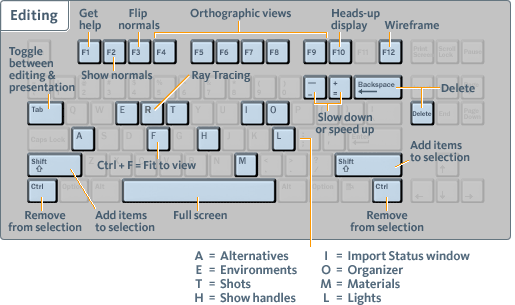
- WINDOWS KEYBOARD SHORTCUTS FULL WINDOW HOW TO
- WINDOWS KEYBOARD SHORTCUTS FULL WINDOW UPDATE
- WINDOWS KEYBOARD SHORTCUTS FULL WINDOW FULL
- WINDOWS KEYBOARD SHORTCUTS FULL WINDOW WINDOWS 10
- WINDOWS KEYBOARD SHORTCUTS FULL WINDOW PLUS
WINDOWS KEYBOARD SHORTCUTS FULL WINDOW PLUS
You can do pretty much everything in PowerShell that you can do in Command Prompt, plus a lot of other useful things. It’s very easy to switch back to showing the Command Prompt on the Power Users menu if you want, or you can give PowerShell a try.
WINDOWS KEYBOARD SHORTCUTS FULL WINDOW UPDATE
Note: If you see PowerShell instead of Command Prompt on the Windows+X (Power Users) menu, that’s a switch that came about with the Creators Update for Windows 10. Most of the interesting commands you’ll use require it anyway. Alt+Enter: Toggle between full-screen and windowed mode.Īnd while any of those ways to open the Command Prompt will work, we recommend getting used to opening it with administrative privileges.Alt+F4 (or type “exit” at the prompt): Close the Command Prompt.Win+X and then press A: Run the Command Prompt with administrative privileges.Win+X and then press C: Run the Command Prompt in normal mode.Windows (or Windows+R) and then type “cmd”: Run the Command Prompt in normal mode.The following list shows you some of the ways you can open and close the Command Prompt with just your keyboard: Windows actually boasts a number of ways to open the Command Prompt. RELATED: 10 Useful Windows Commands You Should Know Shortcuts for Launching and Closing the Command Prompt When you’ve done that, you’re ready to unleash your full-fingered keyboard fury.
WINDOWS KEYBOARD SHORTCUTS FULL WINDOW WINDOWS 10
Some are new with Windows 10 (especially some of those that use the Ctrl key) and you’ll need to enable them before you can use them. By its very nature, the Windows Command Prompt relies on a lot of keyboard use–and with that comes handy shortcuts. Most of these shortcuts have been around since the Command Prompt’s early days. The Command Prompt is a powerful tool in Windows, giving you access to all kinds of useful commands you can’t get any other way. Places a snapshot of the entire client windows area on the clipboard. Places a snapshot of the active window, within the client, on the clipboard. Switches between programs from right to left.Ĭycles through the programs in the order they were started. Switches between programs from left to right. (For example, Ctrl+Z is generally the 'Undo' shortcut on both standard Windows and Remote Desktop.) Windows shortcut The following table describes the standard Windows shortcut keys and their equivalent Remote Desktop shortcuts that are different. This activates the connection bar, and then presses the Restore down button.īrings up the Windows Security dialog box for the Remote Desktop Session Host (RD Session Host) (provides the same functionality as pressing CTRL+ALT+DEL on the local computer). Press CTRL+ALT+HOME, TAB, TAB, TAB, TAB, TAB, ENTER.If these shortcuts don't work, or the keys aren't available, you can try the following alternative: Switches the client between full-screen mode and window mode. Shortcut keyĬTRL+ALT+BREAK or one of these shortcuts:
WINDOWS KEYBOARD SHORTCUTS FULL WINDOW HOW TO
Keyboard shortcuts and hotkeys will not work in nested Remote Desktop or RemoteApp sessions.įor more user information about Remote Desktop connection, See How to use Remote Desktop.
WINDOWS KEYBOARD SHORTCUTS FULL WINDOW FULL
The default key combinations will work on whichever machine has the full desktop functionally, this means that the default key combinations work for the local machine, unless you have the Remote Desktop Connection window in full-screen mode.

Note that once you close down the Remote Desktop Connection, your local machine will once again use the default windows shortcuts. You must use the alternate combinations on the local machine. The default key combinations will work only on the remote desktop. You must use the alternate combinations on the remote desktop.

The default key combinations will work on your local machine only. In the Apply Windows key combinations drop-down, you have three options: Option

From there, click Show Options (if you cannot see the options), and then click the Local Resources tab. You can set which shortcut keys you use on the local and remote machine through the Remote Desktop Connection client (ie, the dialog that appears when you click on the Remote Desktop Connection icon). There are two different sets of shortcut key combinations you can use on a remote desktop connection: the default Windows shortcut keys, or the shortcut keys originally designed for the remote desktop. These key replacements are specified by the manufacturer of the keyboard, so you may need to look up key replacements in the documentation provided by your keyboard or laptop manufacturer. However, they usually have keyboard shortcuts that replace dedicated keys. For example, many laptops do not have a dedicated BREAK key. The following is a list of the Remote Desktop Services shortcut keys.Ī note regarding missing keys: Many compact keyboards do not contain some keys.


 0 kommentar(er)
0 kommentar(er)
